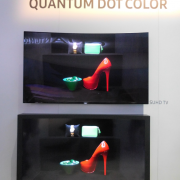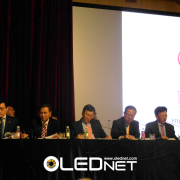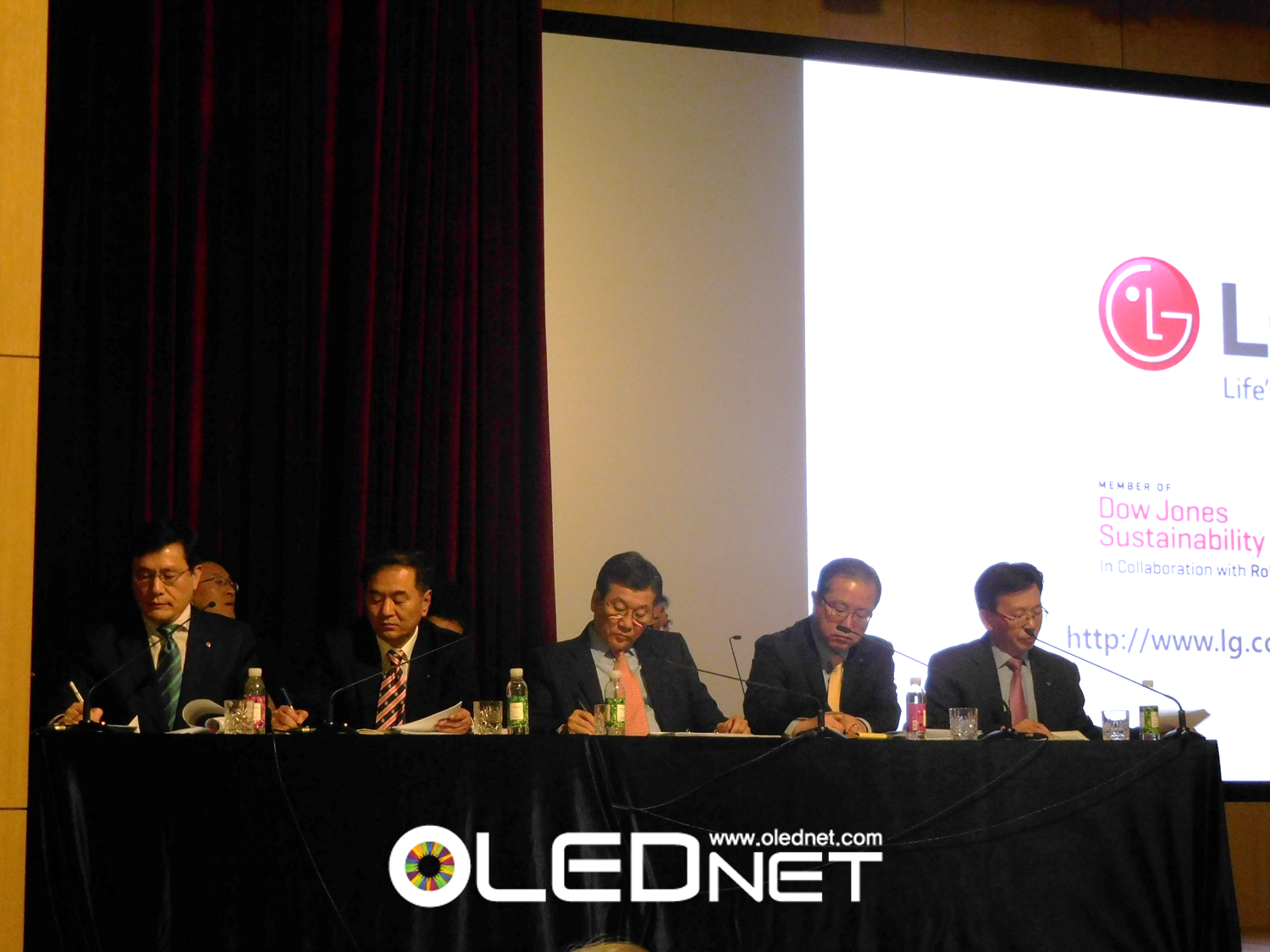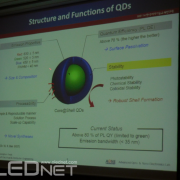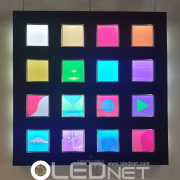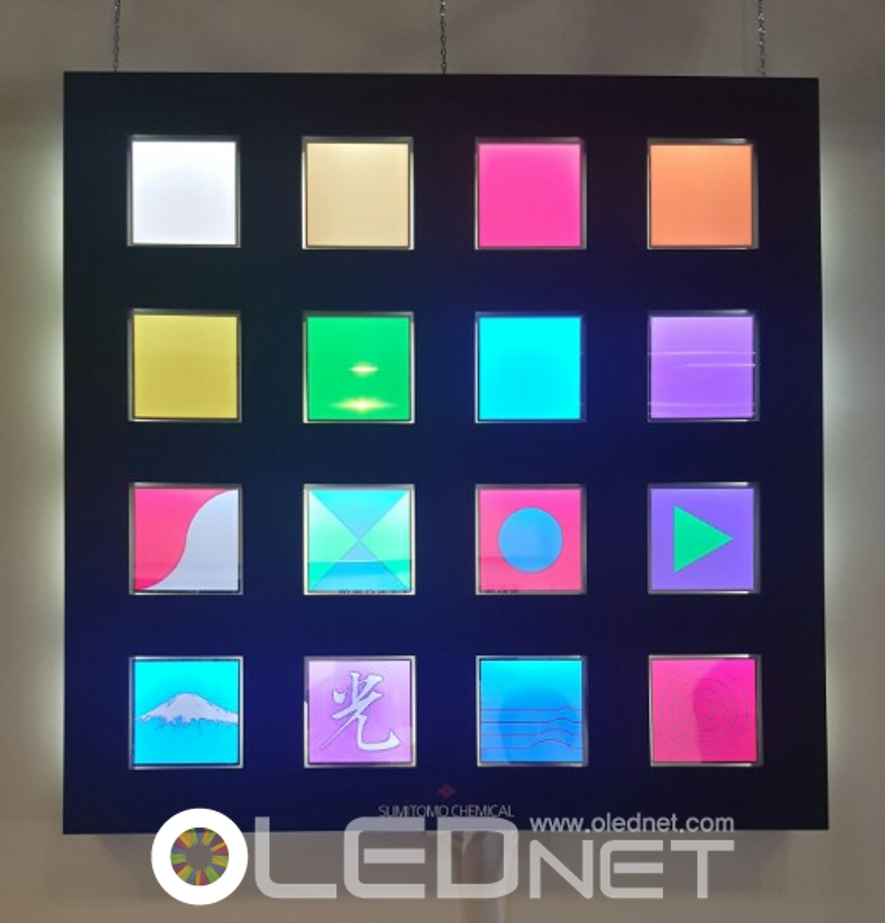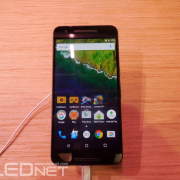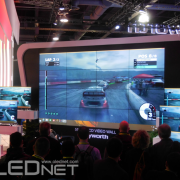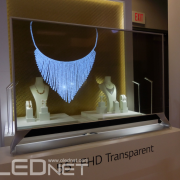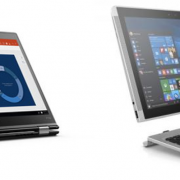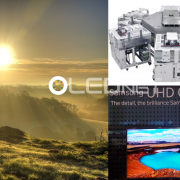Samsung Electronics’ Smooth Foldable AMOLED Panel Development
On January 28, Samsung Electronics, through conference call, analyzed Q4 2015 and announced overall results of 2015. Q4 2015 sales of Samsung Electronics recorded 53,320,000 million KRW, a 3% increase from previous quarter, and 6,140,000 million KRW of business profit, an increase of 1,250,000 million KRW from previous quarter.
CE (consumer electronics) department showed highest increase of sales compared to previous quarter. Samsung Electronics revealed that LCD TV is receiving great response in advanced market, and that the sales in North America increased by 94% from previous quarter. They also estimate that the demand will increase in 2016 due to Rio 2016 Olympics
However, Samsung Electronics’ IM (IT and Mobile) department mentioned that as the smartphone market growth is expected to remain in single digit and competition between companies will become fierce, estimating that future is not simply bright. As a response to this, Lee emphasized that through strengthening of product and efficient lineup they will maintain the margin of double digits. Additionally, Samsung Electronics’ foldable OLED is rising as the new form factor for product build up. In regards to this, Samsung Electronics revealed that foldable display development is smoothly being carried out and they will deal with mass production and market release timing after discussions with customer companies.
With the recent news regarding Samsung Display’s second stage investment for A3 line, there is much interest. Samsung Electronics explained that although A3 related investment is estimated for small to mid-size OLED additional investment, detailed plans have not been confirmed. However, through proactive additional capa. increase, they are planning to strengthen Samsung Display’s competitiveness.
Regarding large area display, Samsung Electronics reported that they are the only company that is mass producing by using environmentally friendly quantum dot technology. While revealing pride in SUHD TV’s technology prowess, they also suggested new form factor stating they are looking for the best cost competitive mass production method considering large size OLED marketability through diverse research development.

